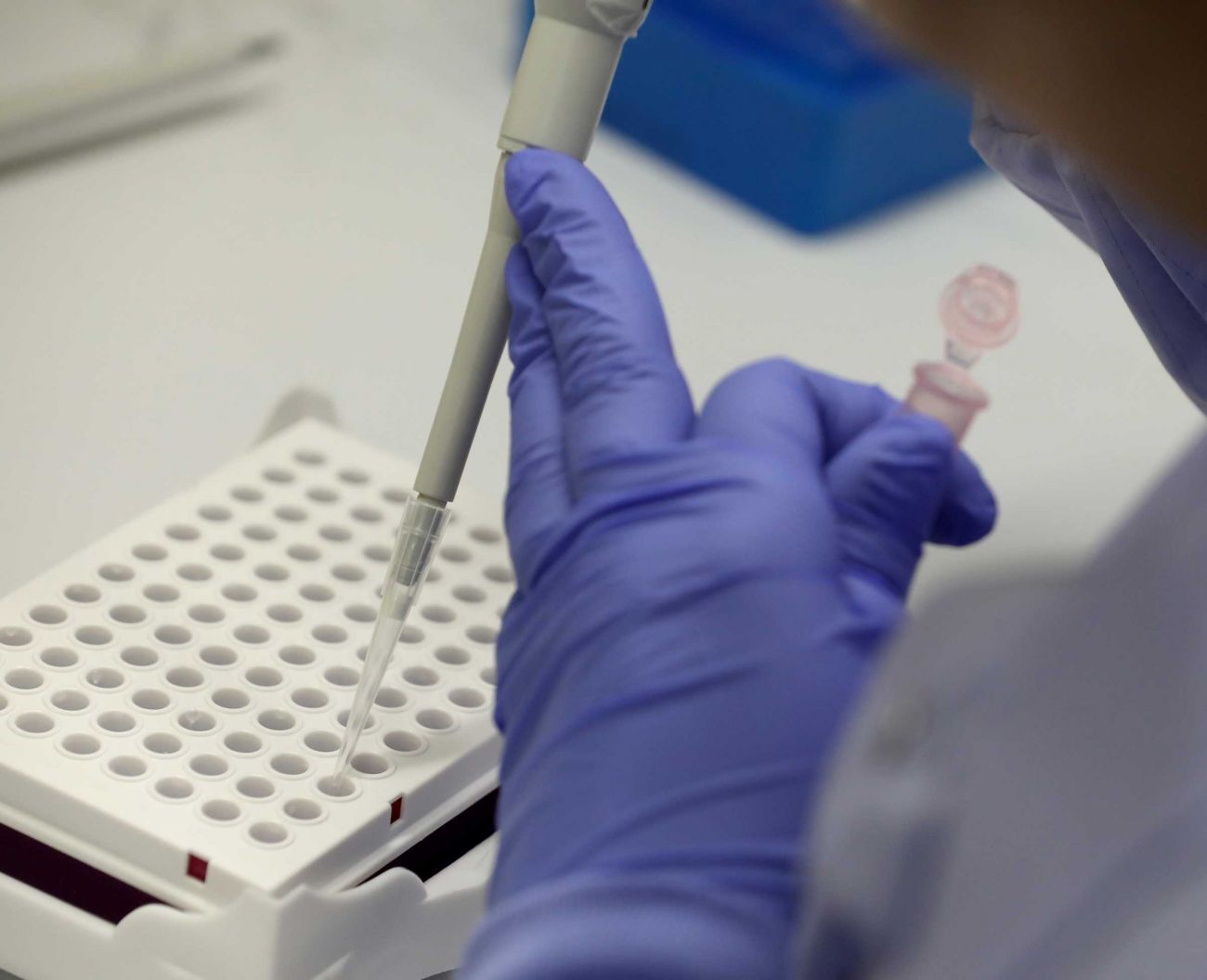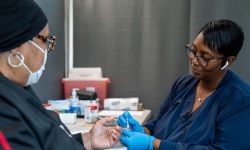Report: Michigan hospitals shorted $130K per COVID-19 patient in federal aid

It was meant to be a financial booster shot, a way to help hospitals and health care systems survive the economic onslaught that COVID-19 brought.
But a new report analyzing how federal coronavirus relief money was distributed shows stark disparities in which states got the biggest portions of $175 billion in aid from the Provider Relief Fund, which includes funds from the Coronavirus Aid, Relief, and Economic Security (CARES) Act.
Hospitals in the states hardest hit by the virus in March and April — New York, New Jersey, Michigan, Massachusetts, and Pennsylvania — got the least amount of federal support per patient, according to a 17-page report released Tuesday by U.S. Sen. Gary Peters, a Michigan Democrat and ranking member of the Senate Homeland Security and Governmental Affairs Committee.
States with the fewest cases got the most federal aid per confirmed case of COVID-19.
Stories from the front
Bridge Magazine, Detroit Free Press and Michigan Radio are teaming up to report on Michigan hospitals during the coronavirus pandemic. We will be sharing accounts of the challenges doctors, nurses and other hospital personnel face as they work to treat patients and save lives. If you work in a Michigan hospital, we would love to hear from you. You can contact reporters Robin Erb rerb@bridgemi.com at Bridge, Kristen Jordan Shamus kshamus@freepress.com at the Free Press and Kate Wells katwells@umich.edu at Michigan Radio.
Michigan got almost $130,000 less per patient than the national average, according to the report, which analyzed CARES Act funds and coronavirus case counts as of April 10.
While the national average in federal assistance per patient was $160,286, Michigan’s allotment was just $31,045 per patient.
By comparison, Hawaii got $299,855 per patient; Montana’s allotment was $305,488 per patient. North Dakota’s hospitals got $327,570 per patient, according to the report.
“Places like Detroit did not receive the funds despite being hit very hard and that's simply unacceptable,” Peters said Tuesday during a telephone call with reporters.
About 41% of the $175 billion in federal coronavirus relief money Congress approved three months ago to help hospitals get through the pandemic still hasn’t reached hospitals, Peters said.
The delay, he said, has “increased ... the number of people who are laid off or are on furloughs, and is digging a deeper hole in the financial picture for hospitals and other health providers across the country.”
The delay also means providers are less prepared if COVID-19 surges again, he said.
He called on President Donald Trump’s administration to ensure that money is paid within the next four weeks, and to redistribute the remaining funds to ensure the areas that have been hardest hit by the virus get a bigger share.
Despite this delay, hundreds of millions in federal aid has already given a boost to the state’s health care systems.
In fact, Michigan’s share of the relief funding totaled about $3 billion so far, in payments that ranged from as little as $5 to small health care providers to tens of millions of dollars to the large health systems, especially those that handled the lion’s share of COVID-19 treatment in Michigan, according to databases by the U.S. Department of Health and Human Services.
And of that, $900 million went to hospitals in southeastern Michigan that handled the lion’s share of Michigan’s COVID-19 cases.
But knowing exactly which hospitals got what money isn’t easy to determine.
The numbers change frequently, and HHS has released information only on the funds that have been paid already to hospitals rather than money that might be heading their way, said Karen Schwartz, a senior fellow at Kaiser Family Foundation who has analyzed the data.
Since then, HHS’s data has been updated regularly, but some funds may appear more than once in the database, making it difficult to track precisely which hospitals got how much, she said.
The HHS data is “both not complete and not clear about what it includes,” she said.
While the federal aid certainly helps, “it's just a drop in the bucket in terms of what Michigan hospitals are ultimately going to need,” said John Karasinski, spokesman for the Michigan Health and Hospital Association.
Shutting down elective procedures and eliminating all but emergency and coronavirus care from mid-March through May in Michigan was financially devastating to health care systems that make most of their money that way, he explained.
“Hospitals are incredibly expensive to operate, and a majority of patients have insurance through a government program that doesn’t cover the cost of the care they receive,” Karasinski said.
“When you add these and other factors together, hospitals make very small profit at the end of the year. When COVID-19 arrived and most services and procedures had to stop, there was very little money coming in the door, but the hospital had to keep things up and running.”
Henry Ford Health System, for example, has received more than $340 million in CARES Act payments, but it was expected to have lost $500 million through the end of June, spokesman David Olejarz said Tuesday.
It temporarily furloughed 2,800 workers in April across its six-hospital system.
“With the funding we have received and actions we’ve taken to date to stabilize the organization, we’re hoping to break even by the end of the year,” Olejarz said in an email.
Trinity Health Michigan, which includes Mercy Health and the Saint Joseph Mercy Health System, received $129.2 million in federal CARES Act money, said spokeswoman Laura Blodgett.
"Federal funds were used to offset losses," she said in an email, "but did not cover all losses."
To help cover the deficits, the health system also furloughed 2,500 workers — about 10% of its workforce — and roughly 80 executives took pay cuts up to 25%.
Peters said he’s hopeful Congress will act in the weeks ahead to approve more funding for hospitals still operating through a pandemic.
“It’s not over,” he said. “... And we're still playing catch up.”
See what new members are saying about why they donated to Bridge Michigan:
- “In order for this information to be accurate and unbiased it must be underwritten by its readers, not by special interests.” - Larry S.
- “Not many other media sources report on the topics Bridge does.” - Susan B.
- “Your journalism is outstanding and rare these days.” - Mark S.
If you want to ensure the future of nonpartisan, nonprofit Michigan journalism, please become a member today. You, too, will be asked why you donated and maybe we'll feature your quote next time!





